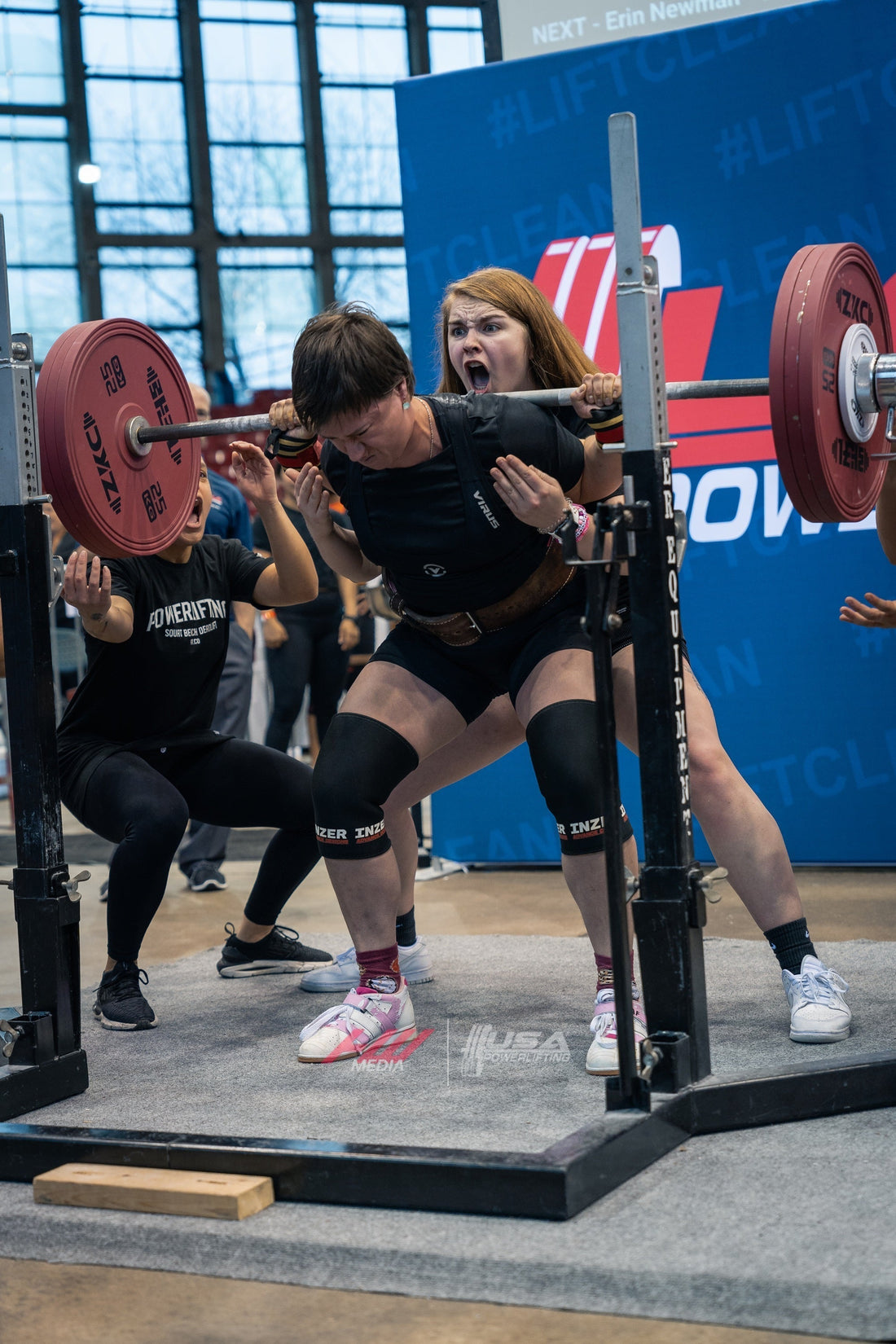
Training With a Herniated Disc
Share
Should You Train If You Have a Herniated Disc?
Let’s talk honestly and like grown-ups: what do you do if you’ve been diagnosed with a herniated disc, but you still want to train and feel strong?
First, a diagnosis doesn’t mean you’re broken.
If you get an MRI of your lower back, there’s a very good chance it will show something: a disc bulge, a herniation, some degeneration, scoliosis… These findings are incredibly common. But the most important question is this: do you actually have any pain? If there’s no pain, then nothing is stopping you from training.
For example, I had a disc herniation in my 20s—probably after diving into the water from a height. But I started powerlifting after 30, and now I train with heavy weights and feel great. My dad has two herniated discs, and he’s lived a very active life his whole life.
Second, pain is a signal, not a sentence.
If something hurts, you simply need to let it heal. Just like with a cut or a fracture—you rest and give your body time. But that doesn’t mean you have to stop training forever or become afraid of movement.
Unfortunately, what often happens is this:
→ Your back hurts, so you stop moving.
→ Your muscles weaken.
→ You go back to movement—and the pain comes back.
→ You stop again.
→ The body gets weaker, and the pain returns even faster.
→ And so on, and so on…
That’s why the most effective and evidence-based method of working with back pain is strength training—within your current capabilities and comfort zone.
Third, you don’t need to “fix” your posture.
So many women I coach come to me saying, “I have scoliosis,” or “My posture is bad,” or “My spine is twisted, my pelvis is rotated…” They want to fix it.
But here’s the truth: in adulthood, posture doesn’t really change. And it doesn’t have to.
You can live a long, full, active life with your current posture, even with scoliosis or other spinal features.
There are people with “bad” posture who feel great, and people with “ideal” posture who are in pain. The human body doesn’t work like a car that needs constant realignment. It’s more complex, more adaptable—and way more resilient.
Instead of trying to fix yourself, you can focus on supporting your body, building strength, and doing what you enjoy.
Fourth, yoga and stretching are not a cure-all.
Sometimes people hear that you have a disc issue and say, “Go do yoga!”
But yoga in the Western world often includes spinal positions that aren't very safe or appropriate for everyone. Especially when there’s already an injury or pain, and especially when you’re not in full control of the movement.
I’ve had plenty of clients—and I’ve been there myself—who felt worse after yoga. Not because yoga is bad, but because we often do it in a way that doesn’t match our needs.
It’s not about sitting still and breathing.
It’s about active mobility, strength through range of motion, and a smart approach.
And most importantly—understanding that you don’t need to “fix” anything.
Your body is not broken. It’s capable, beautiful, and deserves compassion.
What to do if you have a herniated disc:
✅ See a doctor—especially if the pain is new or severe.
✅ Don’t panic—it’s a very common diagnosis.
✅ Let the inflammation subside—sleep, eat, recover.
✅ Move within your pain-free range.
✅ Train for strength—not for perfect posture or “corrections.”
✅ Work with a coach who understands the big picture.
✅ And above all—remember:
You don’t need to “look perfect.” You don’t need to be “fixed.”
You need to feel strong, supported, and safe in your body.
✨ Ready to Start Lifting Smarter, Not Harder?
If you’re ready to build lasting strength and train with purpose — I’d love to work with you.
Together, we’ll create a plan that works for your lifestyle, your level, and your goals.
Because strength training isn’t just for competitive athletes.
It’s for anyone who wants to get strong.

